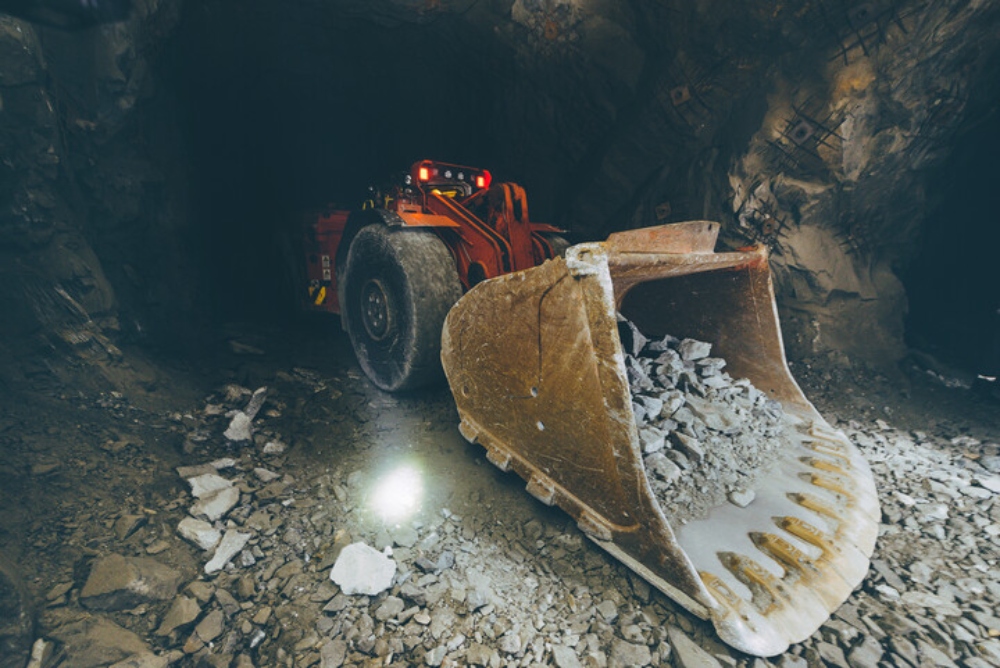China now accounts for about two-thirds of the world’s essential mineral processing and refining capacity, according to recent UNCTAD data.
China leads in processing aluminum, lithium, cobalt, rare earth metals, manganese, and natural graphite, placing it at the center of global supply chains. Additionally, China handles more than one-third of the world’s copper and nickel processing.
The growing global demand for minerals like copper, cobalt, lithium, and nickel is driven by their importance in emerging technologies such as electric cars and wind turbines.
As the world transitions to green energy, the demand for these resources is expected to grow exponentially, with analysts projecting a major increase in output by 2050.
Shifting global production landscape
Despite China’s dominant position in essential minerals production, other countries are gradually expanding their share.
Since 2010, production of rare earths has increased significantly in the United States and Australia.
Furthermore, countries such as Myanmar and Thailand have recently increased their mining operations, indicating a shift in global production patterns.
As the demand for vital minerals grows, governments around the world are carefully positioning themselves to meet it.
While China continues to play a large role in processing and refining these vital raw materials, the rise of new market actors shows a diversification of global production hubs and a shifting landscape in the critical minerals industry.
The rising demand for key minerals, driven by new technologies like electric vehicles and renewable energy sources, presents substantial environmental challenges.
Mining these minerals, often through open-pit methods, leads to deforestation, habitat destruction, soil erosion, water pollution, and ecosystem disruption, contributing to land degradation and biodiversity loss.
The energy-intensive production and processing of critical minerals result in significant greenhouse gas emissions and air pollution. Unsustainable refining and smelting processes can worsen climate change and air quality issues.
Additionally, the water consumption and contamination from mining and processing deplete local water sources, pollute water bodies with hazardous compounds, and damage ecosystems.
The extensive supply chains of these minerals, spanning multiple countries, also impact the environment due to transportation emissions and energy use.
Efforts are being made to promote sustainable mining techniques, reduce the environmental impact of mineral extraction, and develop recycling and circular economy strategies to mitigate the environmental repercussions of increased demand for key minerals.
The post China at the forefront as global demand for critical minerals grows appeared first on Invezz
